I know you never lose your cool with your kids. Right, Mama? They never do things repeatedly that make you feel like a crazy person. They never push ALL your buttons at the same time. Ha! Yeah, right.
Most of the strategies I share with you here at Parenting with ABA focus on preventing problem behaviors. We use pairing and reinforcement to build connection with your kids, to strengthen relationships, and to teach our kids how to communicate their wants and needs. But no matter how many positive strategies we employ, there will still be hard days. (Hopefully much fewer hard days if you are using these behavior tools of course.) So how about some in the moment tools for those days when you run out of patience?
The Reset Button by Russ Harris
When we feel emotional, we can feel overwhelmed, and our thinking brain (the pre-frontal cortex) goes offline – just like our computer does sometimes when it tries to do too many processes at once. To get our computers working again, we can either wait, or we can reset it.
We can use our mind’s reset mechanism by telling ourselves to STOP and BREATHE – a little slower, in through the nose, out through the mouth. In thinking about our breathing, we have shifted our focus of attention and the emotional thoughts fade a little into the background.
In taking slower deeper breaths, we are calming our physical sensations of emotion. This reduces the emotion enough to allow our thinking brain to come back online, enabling us to make more rational responses.
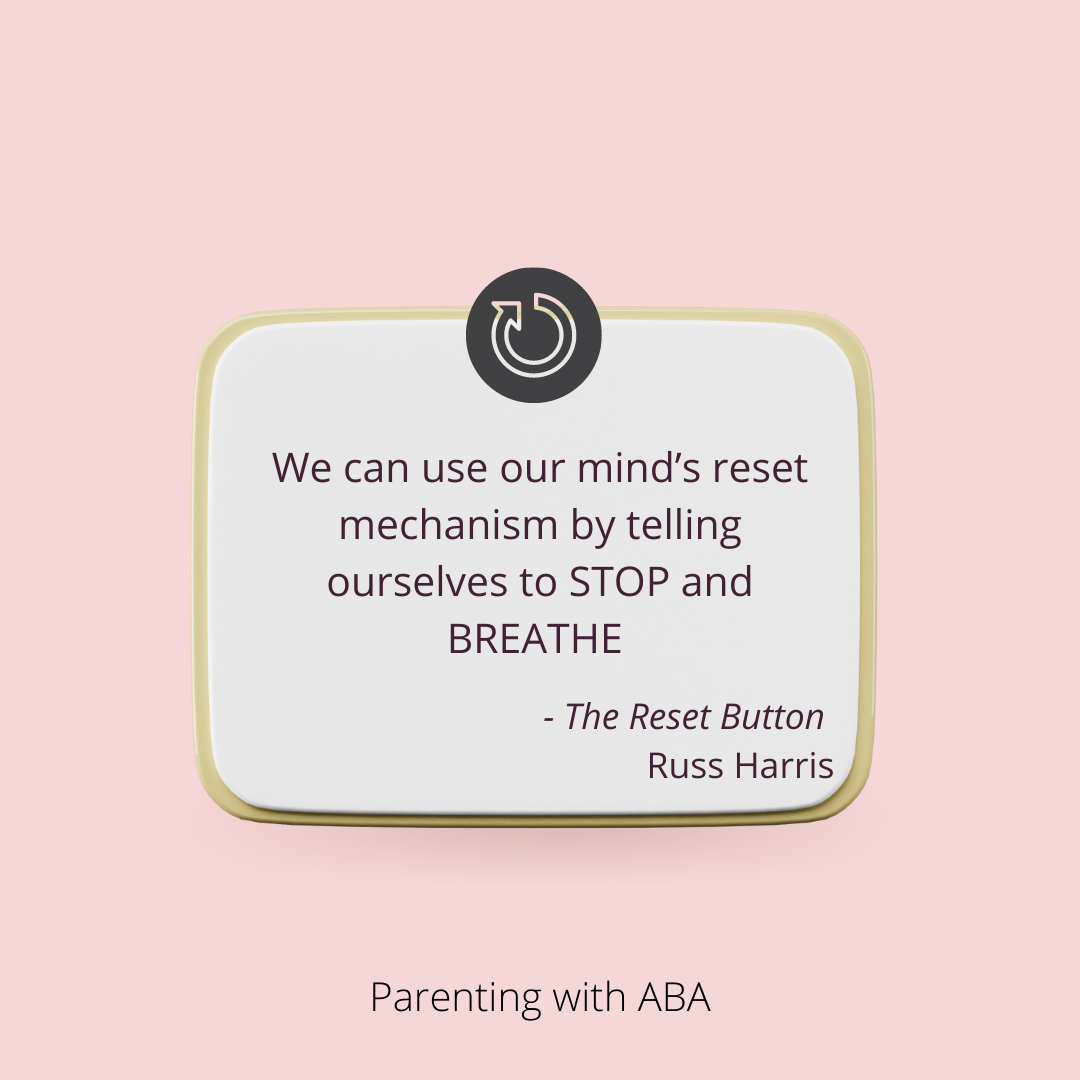
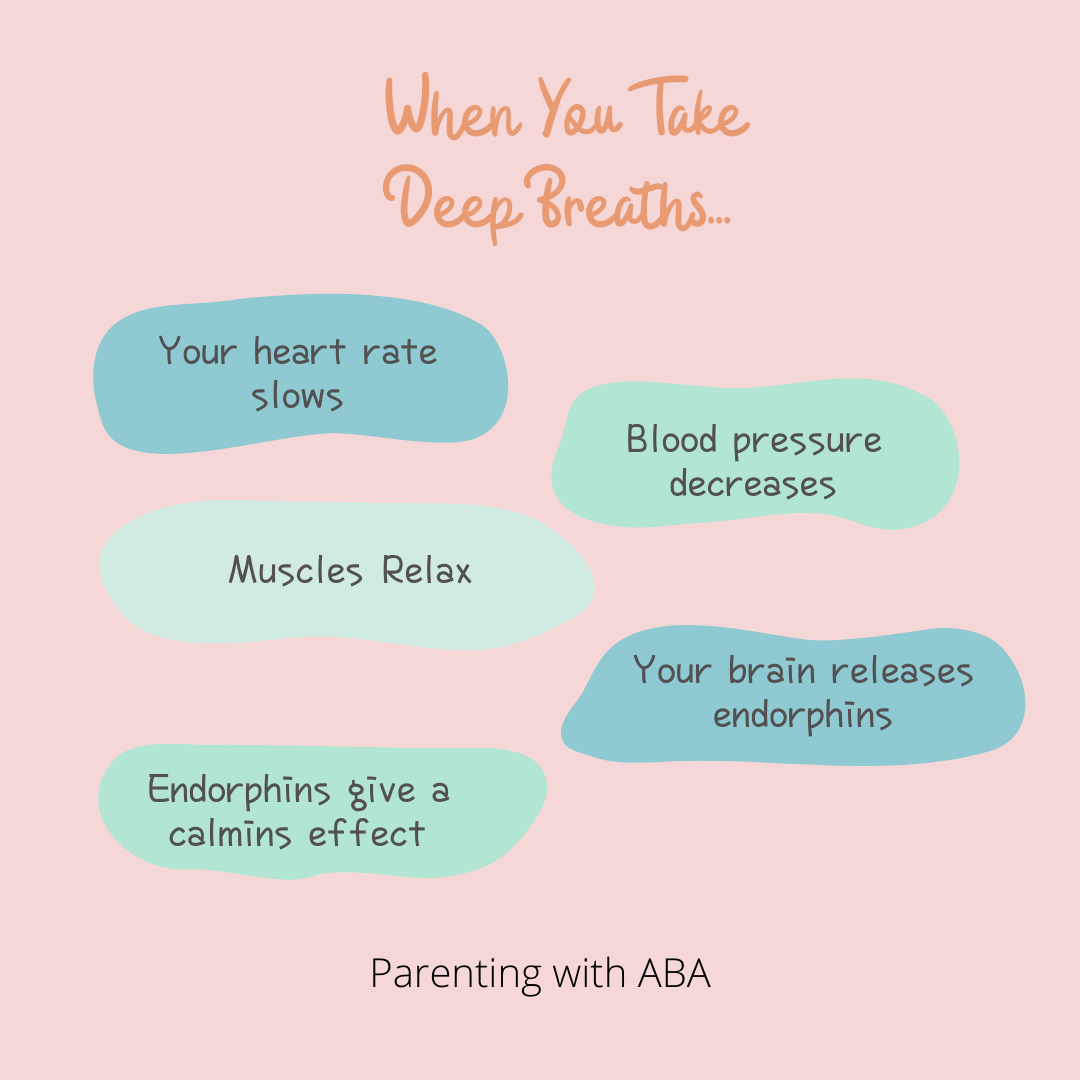
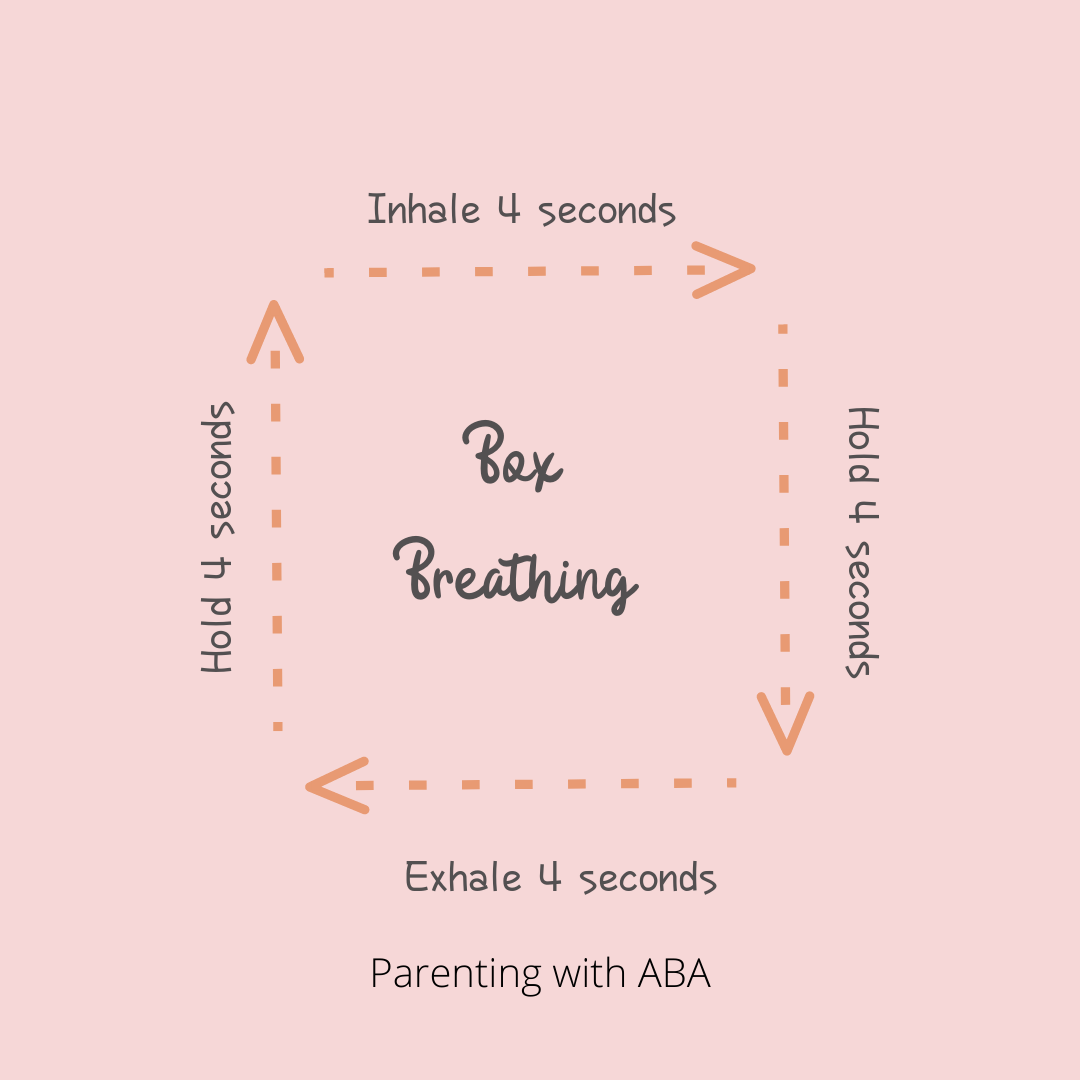
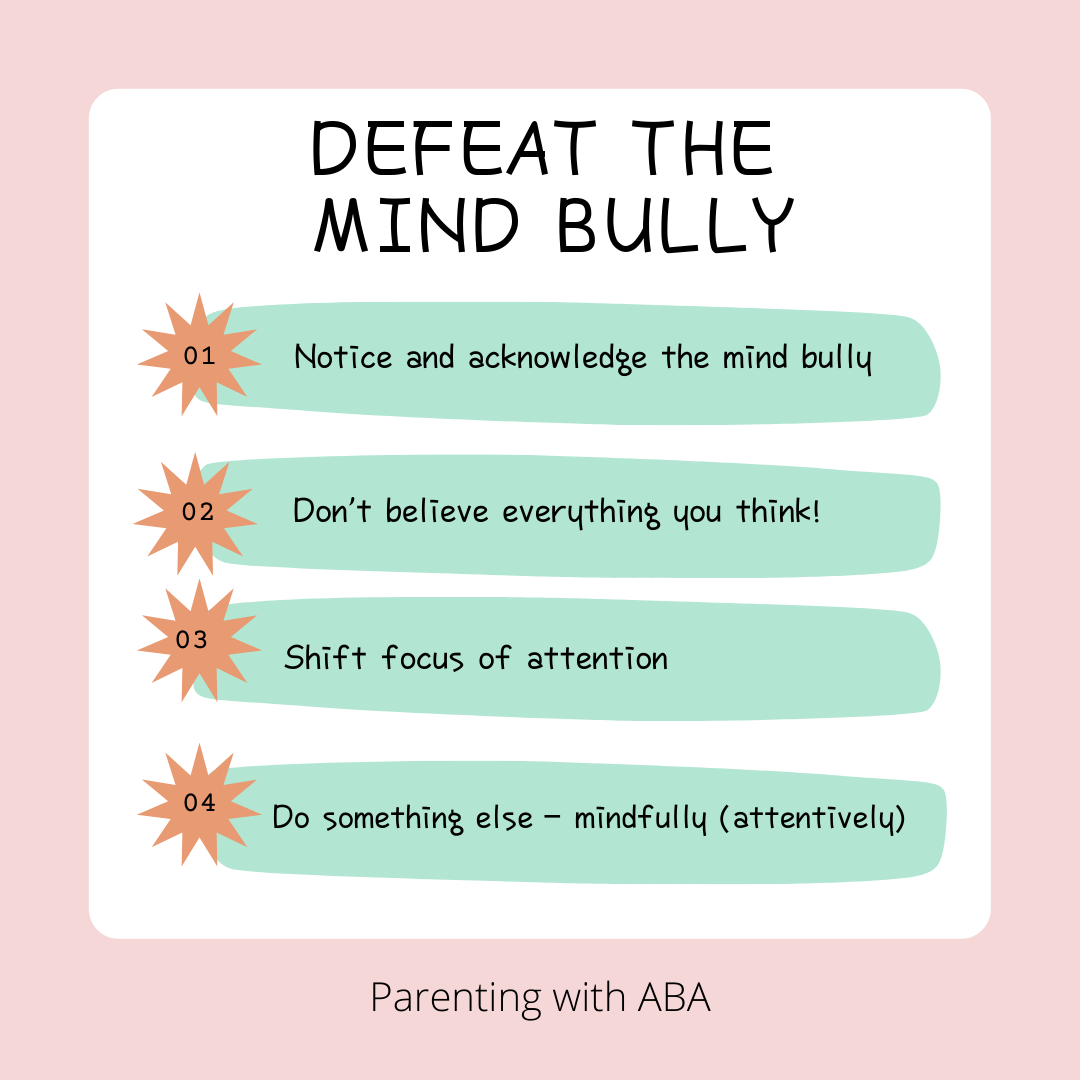
What happens to your body when you take deep breaths?
- heart rate slows and becomes regular
- blood pressure decreases
- muscles relax
- brain releases endorphins
- endorphins give a calming effect
According to the Mayo Clinic, there’s sufficient evidence that intentional deep breathing can actually calm and regulate the autonomic nervous system (ANS).
This system regulates involuntary body functions such as temperature. It can lower blood pressure and provide an almost immediate sense of calm.
The slow holding of breath allows CO2 to build up in the blood. An increased blood CO2 enhances the cardio-inhibitory response of the vagus nerve when you exhale and stimulates your parasympathetic system. This produces a calm and relaxed feeling in the mind and body.
Box breathing
Box breathing is one such specific practice that will help you quickly and effectively get these positive physiological effects- meaning your body calms down and your mind follows suit.
In box breathing, you inhale for 4 seconds, hold for 4 seconds, exhale 4 seconds, hold 4 seconds. You can draw a box with your finger to help you know which step you are on and keep the pattern.
Navy Seals use box breathing to help regulate their nervous systems. If it works for them in all kinds of situations, I think it can help me- the frustrated mom, too.
When our kids push our buttons and our patience wears thin, it’s easy for thoughts of frustration and anger to overwhelm us. Practicing mindfulness helps us to manage those thoughts by unhooking ourselves from them, accepting the thoughts, and then continuing to live in the present moment.
One way to do that is the Mind Bully Practice from Russ Harris.
The Mind Bully or Monster (of Anxiety or Depression etc) seems very strong and big. It says very upsetting things and tries to pull us into the great pit of fear and despair… so we automatically pull harder on the rope to stop us being dragged into the pit.
This tug-of war is constant and exhausting. The harder we pull, the harder the monster pulls.
We feed the monster, and make it even bigger and stronger, by pulling harder on the rope…..by listening and paying attention to the monster, by believing the monster, and by reacting to the monster – by how we feel and what we do.
If we could let go of the rope, what would happen? The monster would still be there, saying what it says, but it would have no power to pull us towards the great pit.
As we stop feeding the bully, gradually he will get weaker, smaller and quieter.
Let go the rope:
- Notice and acknowledge the mind bully
- Don’t believe everything you think!
- Shift focus of attention
- Do something else – mindfully (attentively)
When you run out of patience, pause. Focus on YOU. Take a minute to try one of these mindfulness practices to gather yourself before you react. Recognize that our kids definitely push our buttons. Our emotions get heightened and then we react in ways that are not on course with our values of connected or calm parenting. It happens to everyone! That is okay. Next time try some of these simple practices and let me know how it goes!
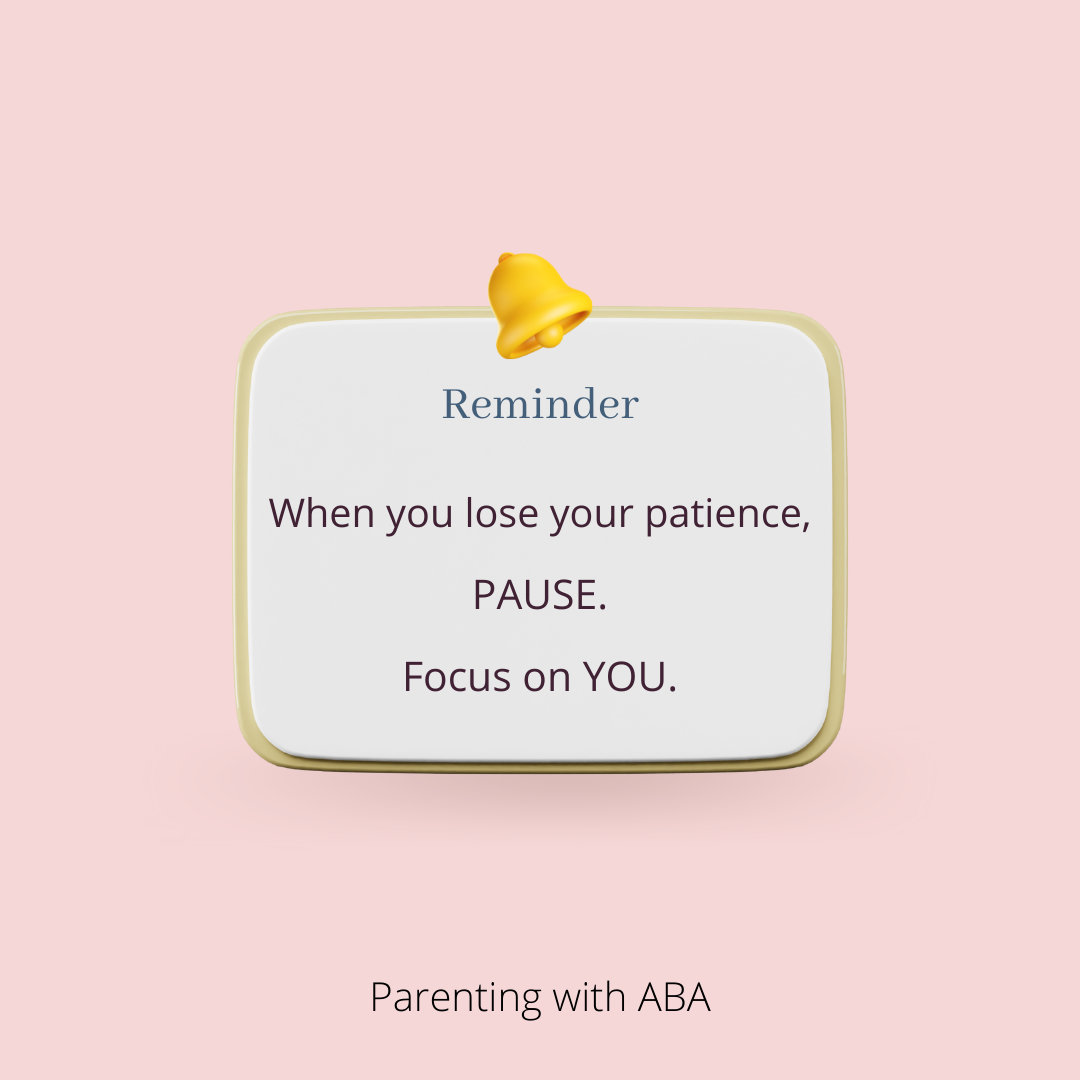
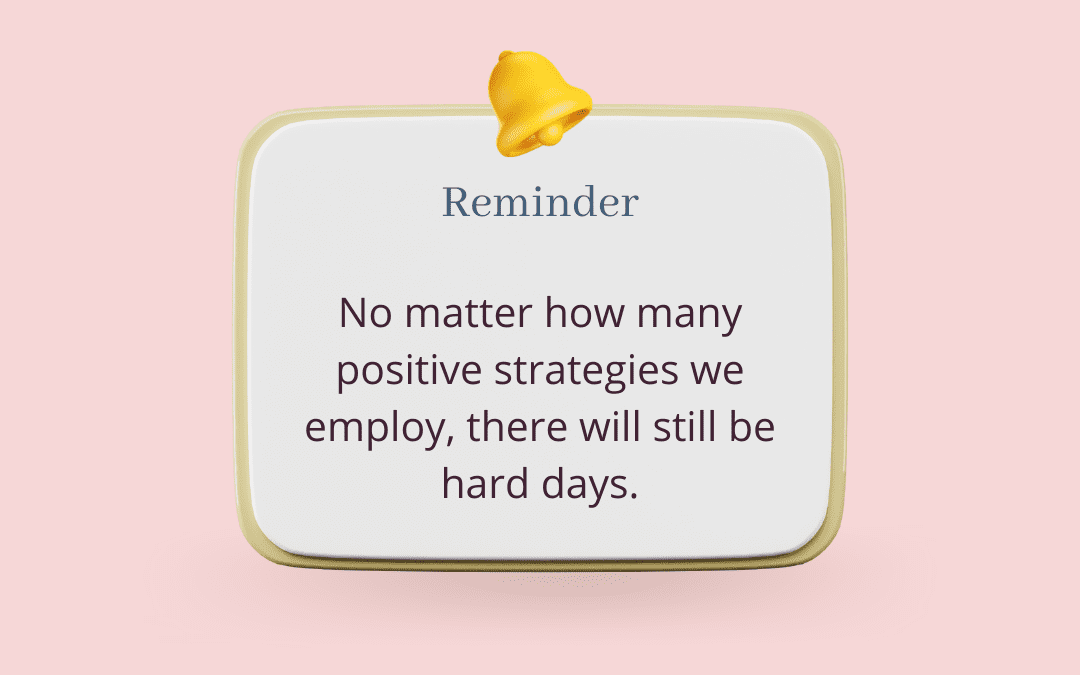
Recent Comments